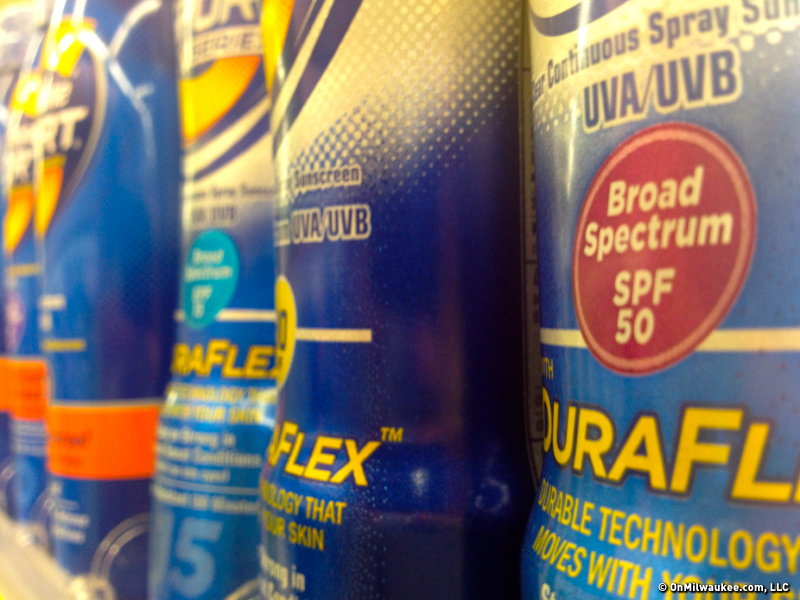"A suntan is your body’s response to DNA damage," says Erik C. Alexander, M.D., of Dermatology Associates of Wisconsin. "This is your body trying to protect itself from your bad choices."
Nevertheless, he says, the idea of having a healthy glow is too alluring to too many people.
"Not only is there the thought that it’s healthy and society reinforces the idea that tan is an attractive, good look, but people who tan intentionally have been shown to get a release of dopamine in their brains," he says. "It’s the same type of brain activity that happens with any sort of addictive behavior. Tanning is truly something you can become addicted to."
The fact is, says Dr. Alexander, Vitamin D is good for you. It helps to regulate the amount of calcium and phosphorous in the body, keeps bones strong and affects the kidneys, intestines, and thyroid glands. And you do get Vitamin D from the sun. Hence the aversion to the ‘sickly, pale’ look and the adoration of a bronze body.
Dr. Alexander says that because of an overzealous belief in the healing power of Vitamin D many people – and even some doctors – have "gone overboard."
"There are some doctors out there who go so far as to make the terrible suggestion that you get Vitamin D from sun exposure," said Dr. Alexander. "We’re in the middle of a huge skin cancer epidemic. You can absolutely bypass the sun and get all the Vitamin D from your diet that you need."
Fortified foods like milk are a great source of Vitamin D, as well as any over-the-counter calcium supplement of standard vitamins. Other good sources are salmon, tuna, beef liver, cheese and egg yolks, as well as many breakfast cereals.
As a nutritional epidemiologist at the American Cancer Society, Marji McCullough researches the relationship between nutrients and diseases – specifically as Vitamin D and cancer. She confirms that there are many promising studies showing a correlation between high Vitamin D levels and a lower risk of colorectal cancer, and even that in some studies Vitamin D has been show to have anti-proliferative effects on cells.
But it isn’t cause for ditching the sunscreen and wide-brimmed hat.
"That’s been observational studies," she says. "It hasn’t been proven."
"One fact few people know is that the skin has a finite limit to how much pre-vitamin D it can make: it runs out of the necessary ingredients needed to make it," says Barbara Wilson, M.D., a dermatologist at Froedtert and the Medical College of Wisconsin. "In addition, the skin has built-in mechanisms for ultraviolet B to also inactivate or degrade excess pre-vitamin D3 and vitamin D3. For this reason, it is not possible for people to get vitamin D overdose from too much sun."
Translation? "Even "surfer dudes" are often vitamin D deficient."
"We don’t even know the optimal level of it in the blood of reducing cancer risk," says McCullough. "That’s an area of active research. Number one, what’s the optimal level associated with the lowest risk for colorectcal or other cancers? And what amount do we need to take in in our diet or in our supplements to get us to that level?"
Dr. Alexander calls the Vitamin D research "a potentially promising avenue in medicine." But he stresses the importance of complying with the Institute of Medicine’s suggested Vitamin D intake.
Bottom line, says Dr. Alexander: break out the SPF and start shopping for tuna.
"There have been some studies done that show UV exposure is a very poor and unreliable way to achieve Vitamin D. It is far more reliable to get your Vitamin D from your diet."
Colleen Jurkiewicz is a Milwaukee native with a degree in English from the University of Wisconsin-Milwaukee, and she loves having a job where she learns something new about the Cream City every day. Her previous incarnations have included stints as a waitress, a barista, a writing tutor, a medical transcriptionist, a freelance journalist, and now this lovely gig at the best online magazine in Milwaukee.







